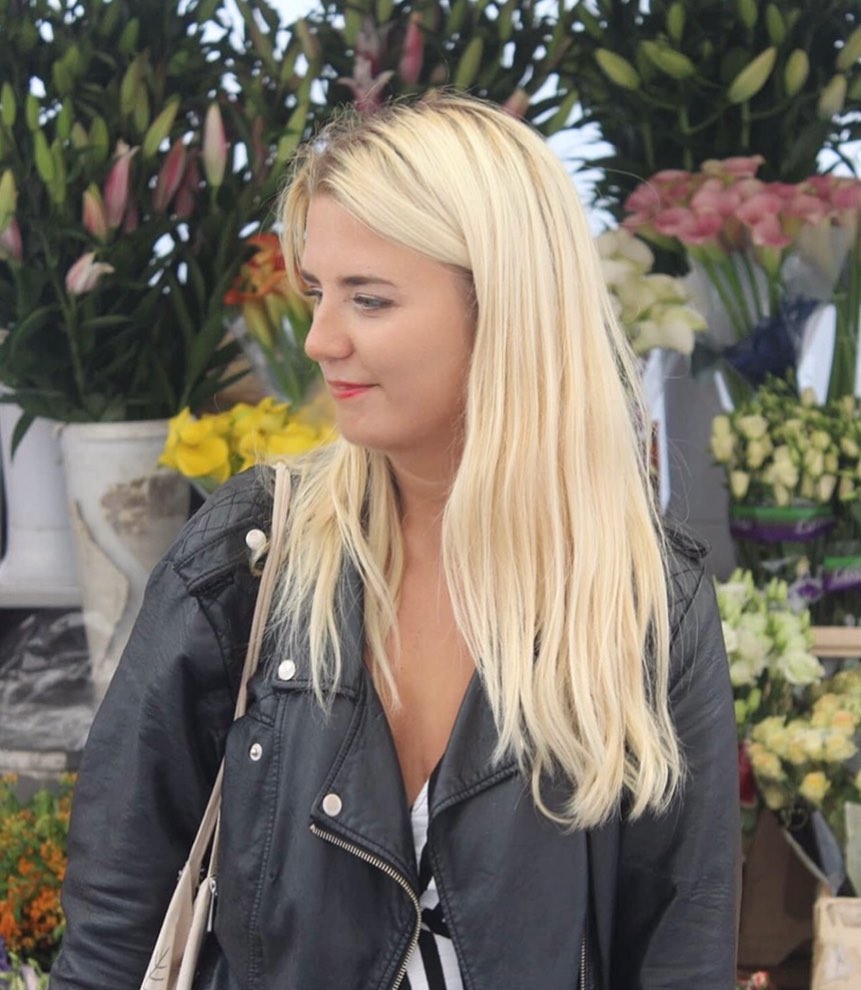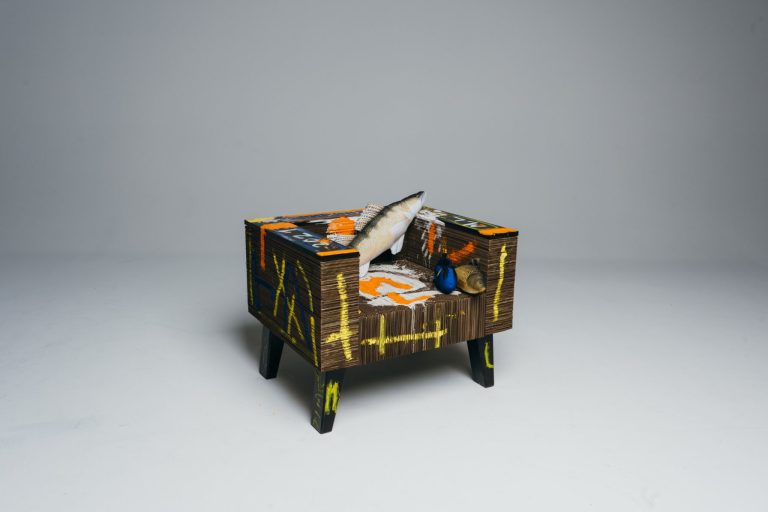Marta Fandlová has been a climate activist for 5 years. She studied environmental education in New Zealand, from where she also took home a new perspective on life. According to her, education is the key to the type of change we need to see to solve the climate crisis. She is one of the six signatories of the most successful Slovak online petition #klímaťapotrebuje. In this interview, she’ll convince you that education about environmental topics is really important.
When did you become interested in the climate crisis?
I was interested from an early age, but I became more intensely interested in the climate crisis thanks to my high school geography teacher. She has travelled the world and told us various stories about how we are over-polluting the ocean with plastics or how we are losing biodiversity. However, I only fully opened my eyes after high school during my stay in New Zealand, where in addition to English, I also studied environmental education.
What did you take away from this education?
I spent a whole summer there, studying at a small school in the small town of Whitianga with people from all over the world. I was surprised that our teachers were constantly raising the topic of the climate crisis. This topic was new to me 5 years ago, and now I was learning shocking facts constantly. I am very happy to have been there, it changed my life.
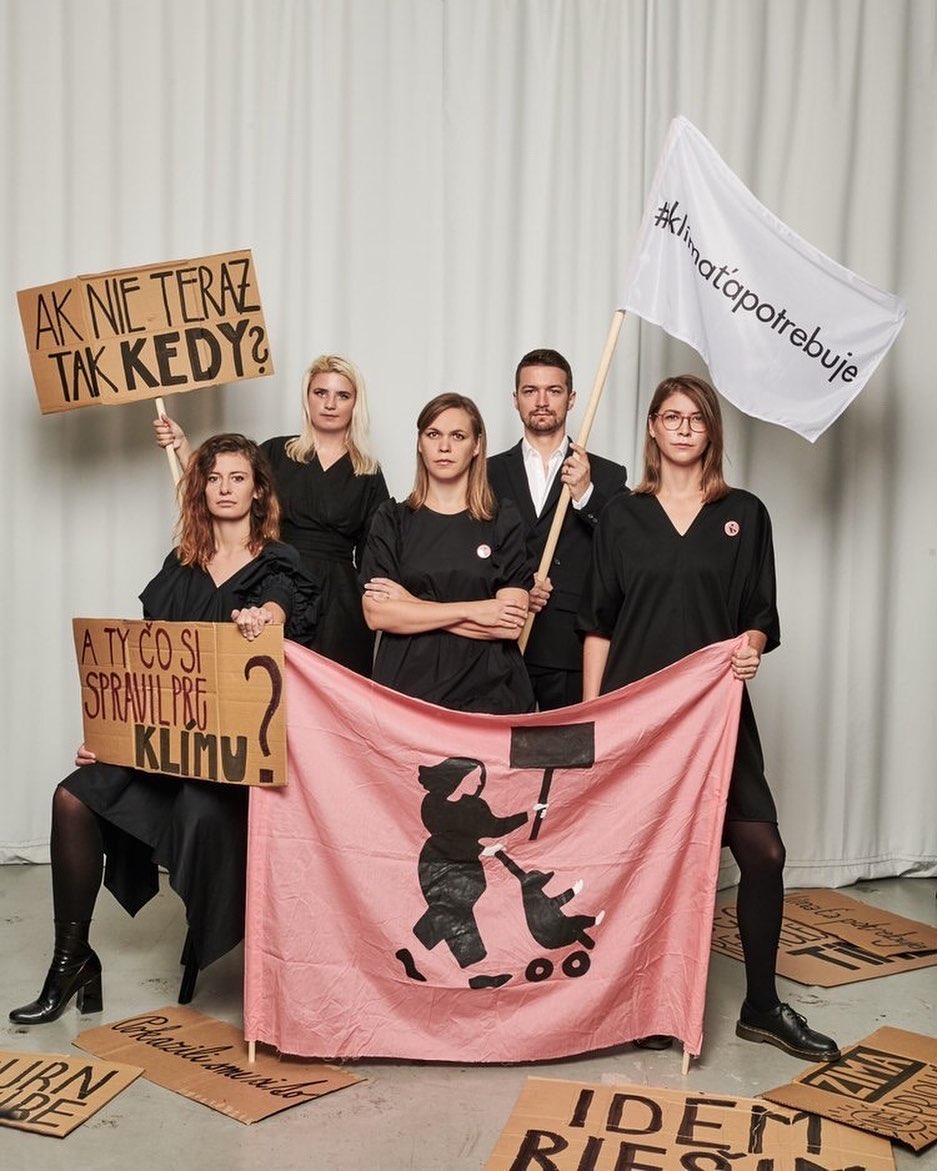
What did you like about their approach to teaching?
How teachers would have a very friendly approach, with lots of love. They always tried to show us practical examples, we watched documents together, they took us outside almost every day after school, so we could learn about nature while in nature. That was amazing. I also liked that we were constantly motivated to do better. If we failed at something, a test for example, they weren’t negative, but instead they were looking for new ways to inspire us and teach us better. They always looked for the positives.
Is environmental education present in Slovak schools?
Environmental education is not compulsory in our schools, which I think is a big mistake. The Ministry of the environment claims that it provides informal education, for example through the State Nature Protection, the Bojnice ZOO National Park or the Slovak Museum of Nature Protection and Speleology. Topics related to the environment are also dealt with by the students on Earth Day, when students plant trees or clean the school playground. I don’t think this is enough, or ever will be. It’s not enough for students to go on a class trip to the ZOO – they won’t learn the necessary and essential information there. I am convinced we need to teach students the basics of sustainable behaviour, environmental responsibility and the basics of circular economy. They should learn about the climate crisis, ocean pollution, problems within the clothing industry or animal agriculture. Ideally this would also be done in a playful way, that is interesting and interactive for them.
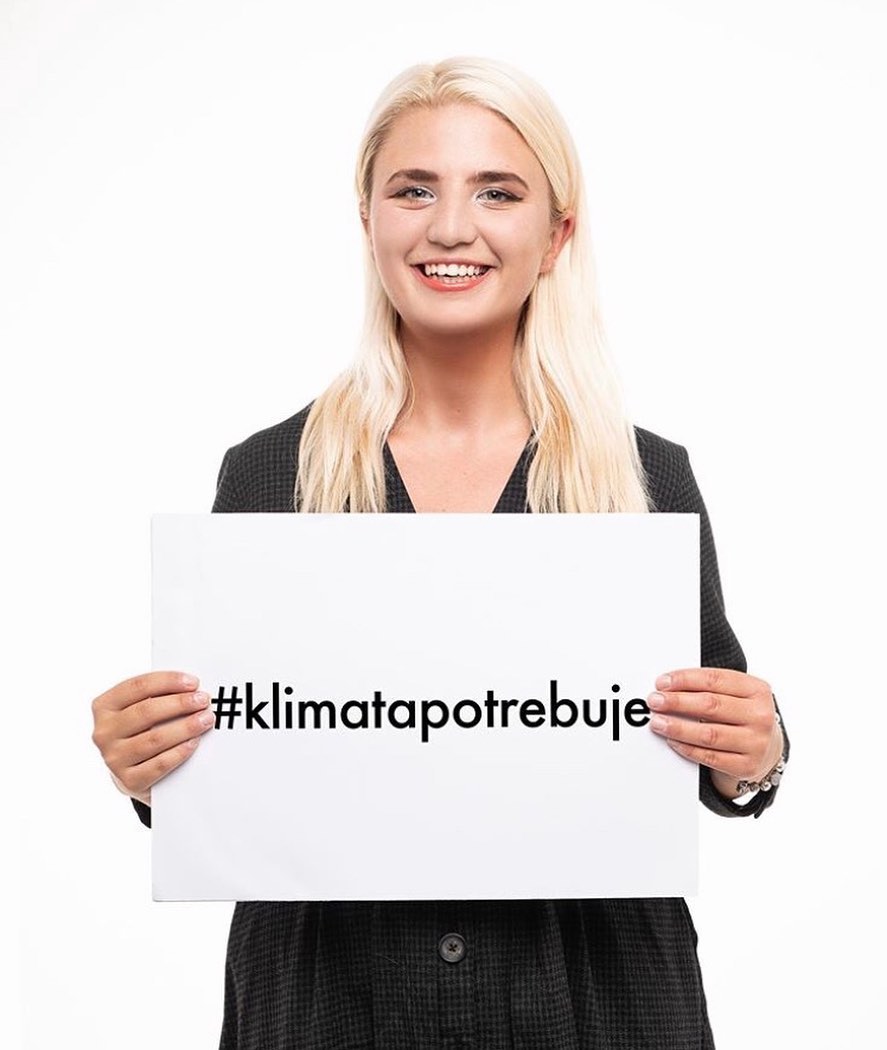
Why is it important to include environmental education in the school schedule as a valid subject?
I think young people are the most aware of the climate threat. They are open to the topic. If we want to change the world, we need people who are both educated and active. The next generation could be these people. After all, we young people are the first generation to see the consequences of the climate crisis during our own lives, and at the same the last to have time to fix it. I hope and trust fully that we can manage that change. But in order to do so, we need information and sufficient education. So it is important to get this topic in schools as soon as possible.
Is environmental education already compulsory somewhere in the world?
It is, Italy has become the first country in the world to make the climate crisis and sustainability a mandatory part of the curriculum. Pupils in primary and secondary schools are obliged to have one lesson of this subject per week. Another country that has introduced compulsory environmental education is New Jersey. It became the first state in the USA where this subject is compulsory. I believe that in time, other countries will include it, which will also set an example for Slovakia.
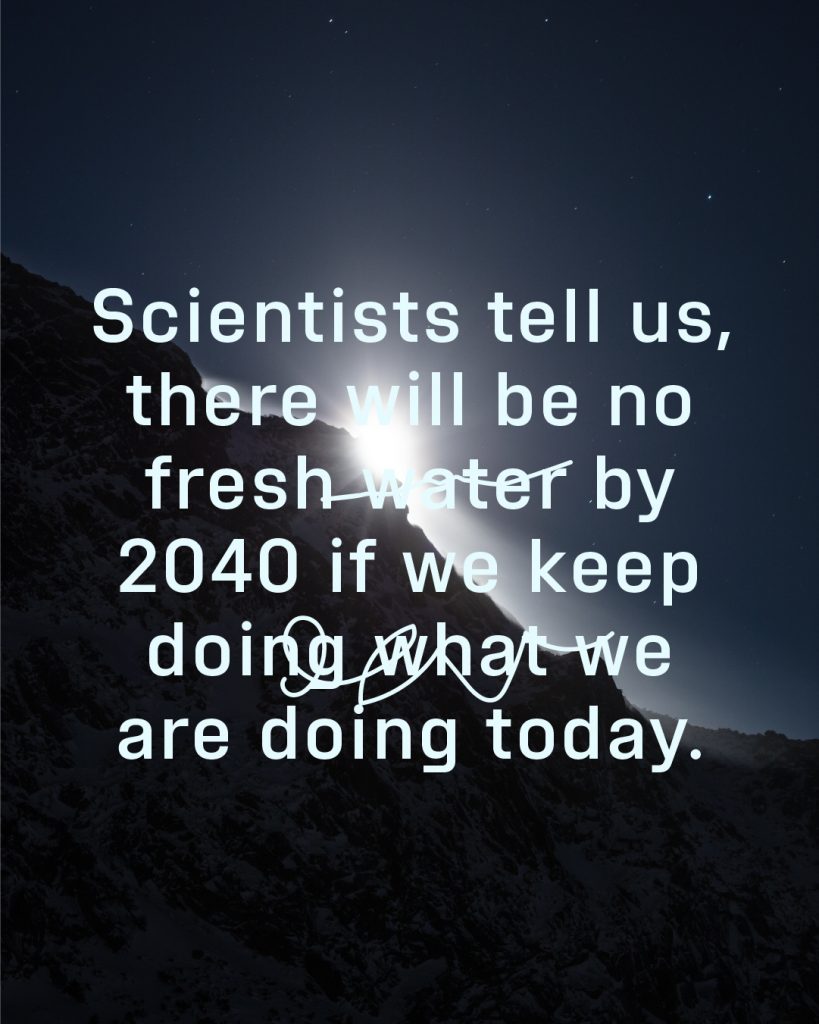
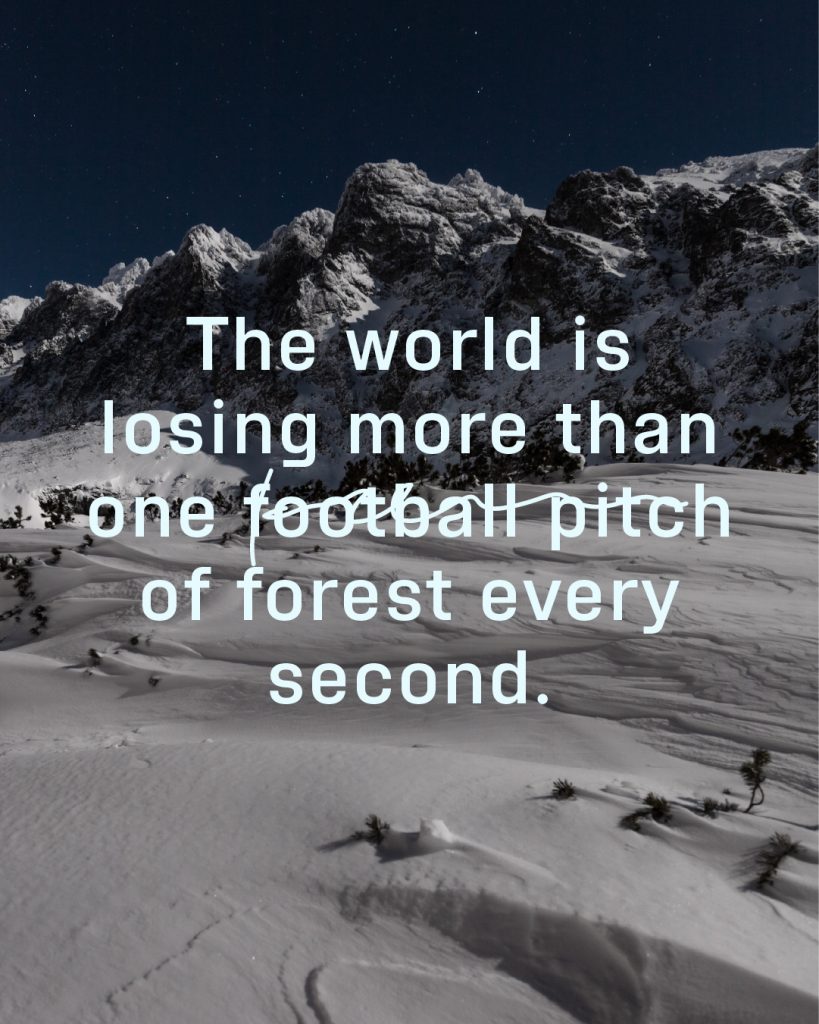
So you see the most potential in young people…
Yes, I see their potential and I think it’s massive. Many young people feel responsible to their surroundings and nature. They are increasingly using alternative forms of transport, shopping in second-hand shops or becoming vegetarian or vegan. I am very pleased with this and I believe that leaders and politicians will start listening to young people and make the necessary big changes they can make, for example, bringing environmental education to the schools.
Do you think the pandemic has contributed to the interest in the climate crisis?
I think a lot of people have been able to slow down and realised we don’t have to be constantly chasing something and that we simply don’t need some things in life. We started to spend more time in nature and I think we’ve also become more empathetic towards it. I believe that during the pandemic, we understood what it was like to live in constant danger and fear. I assume that this period will be a sufficient warning for us and that, thanks to it, we can change our behaviour so that we don’t have to live in even worse conditions in a few years. It’s also important to remember that global warming is contributing to the melting of glaciers and icebergs, which can contain various old viruses which could endanger humanity. I’m glad for the unity that was created during the first wave, when we sewed masks for each and helped each other. I believe that we will also come together on the subject of the climate crisis and start making changes together.
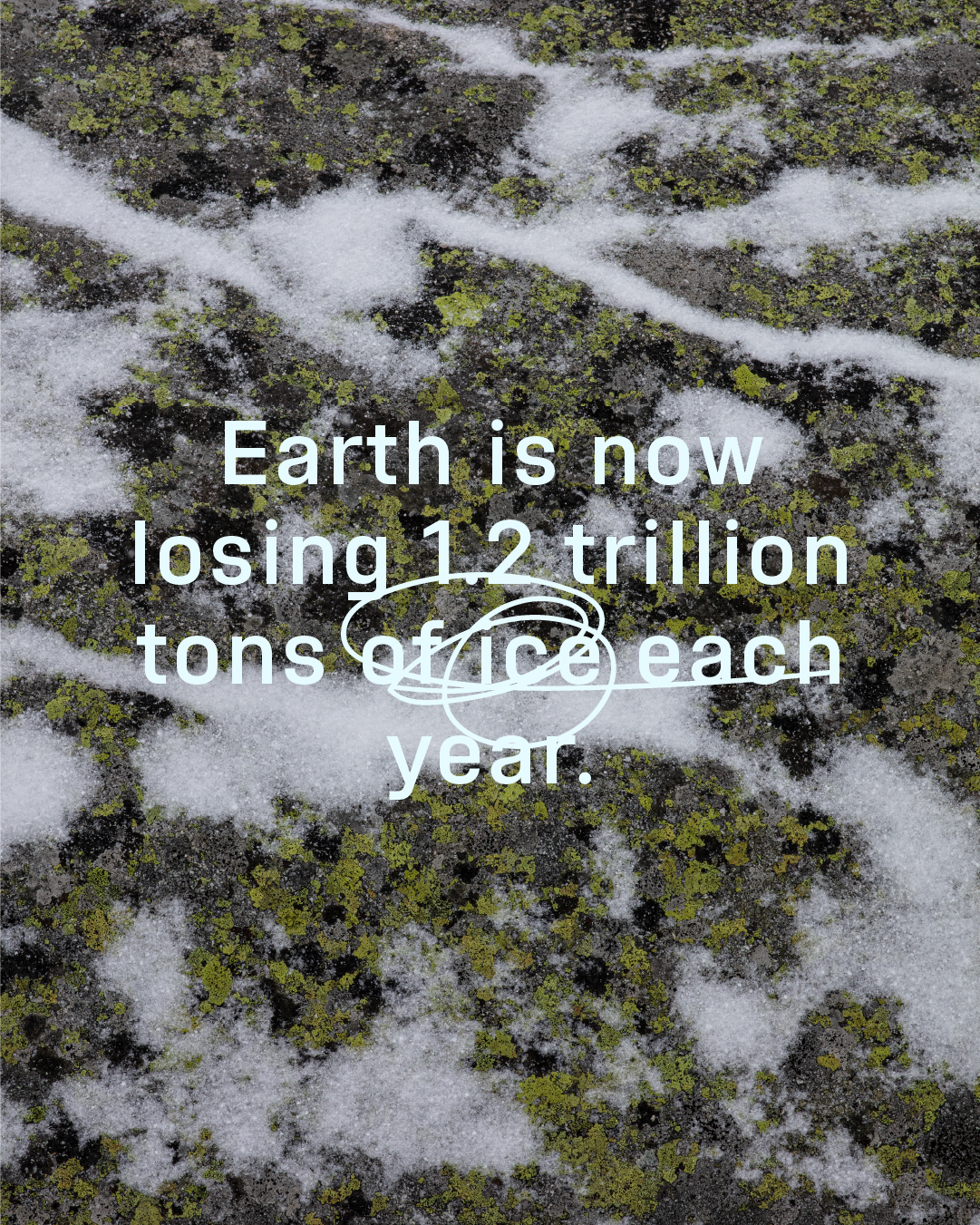
In the past, you focused on creating content on environmental education for the general public. What do you think is the best way to communicate these topics?
It is crucial that people seeking environmental education get a good understanding of the issue. Uneducated journalists can make massive mistakes. Therefore, it is important for information to be verified multiple times, ideally by several different sources. At the same time, it’s important to balance negative messages with some positive ones. It also helps to offer specific tips and tricks that we can apply to our everyday lives. And when communicating environmental topics, it is crucial to avoid greenwashing.
What are the most common hoaxes about the climate crisis?
Among the most common is the belief that humanity isn’t causing global warming, and it is the natural cycle of the Earth. Likewise, people are constantly spreading hoaxes about activist Greta Thunberg. There are a lot of them, and as the problem grows and there will be more and more people who can’t face up to it, these hoaxes and conspiracies will increase in numbers.
Why do you think people make up fictional stories about the climate crisis?
I think they’re scared. They are afraid of change, they are afraid of anything new and they are afraid for their economic and personal interests. I think it’s hard to admit we have a problem. Everyone faces problems differently. Some will deal with the problem by not facing it, and looking for various excuses and scapegoats. It’s often easier than facing the problem and trying to solve it. But I think that’s a path for cowards.
- KishKash: I want to set up a museum dedicated to contemporary culture - 23. 3. 2022
- Shlømo: Nowadays, youth wants to feel the 90’s freedom rave vibe - 4. 1. 2022
- FTSHP Fit w/ Blanka & Mika - 16. 12. 2021
